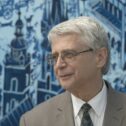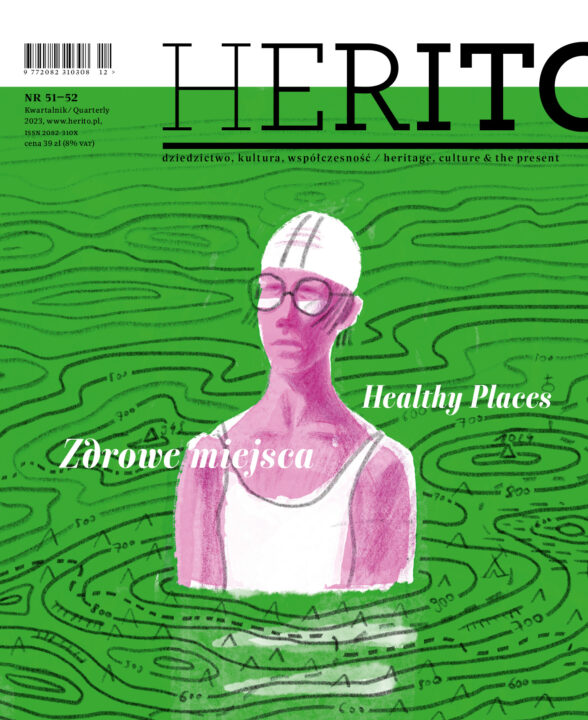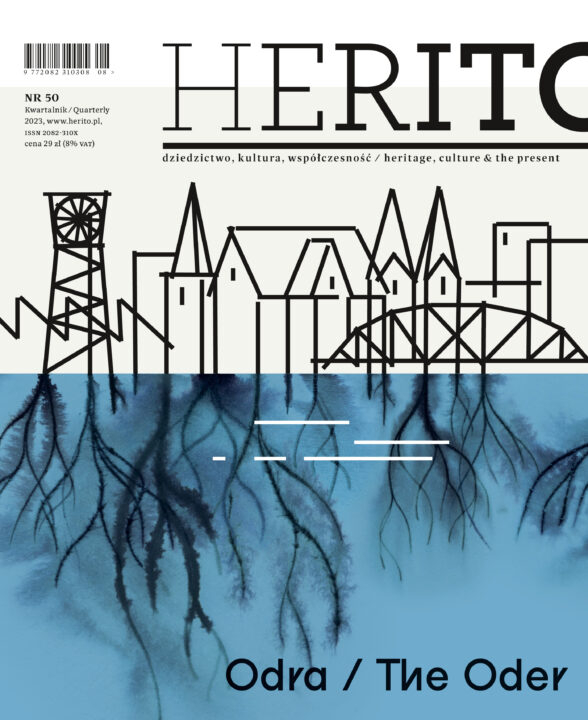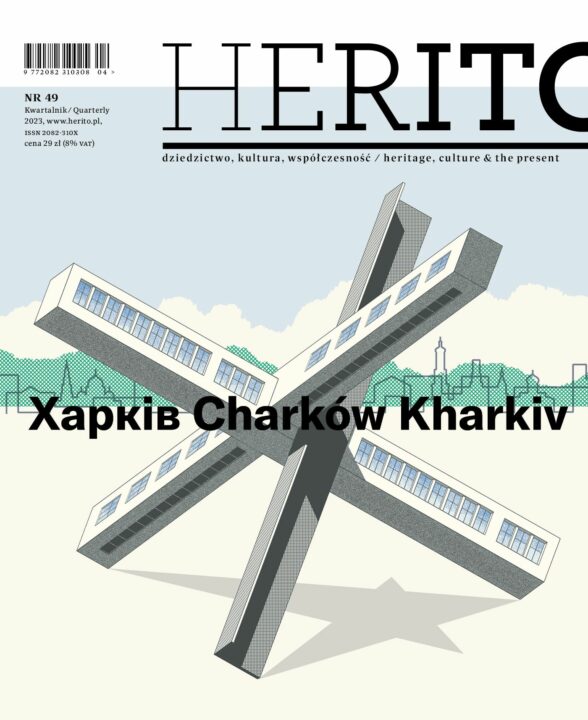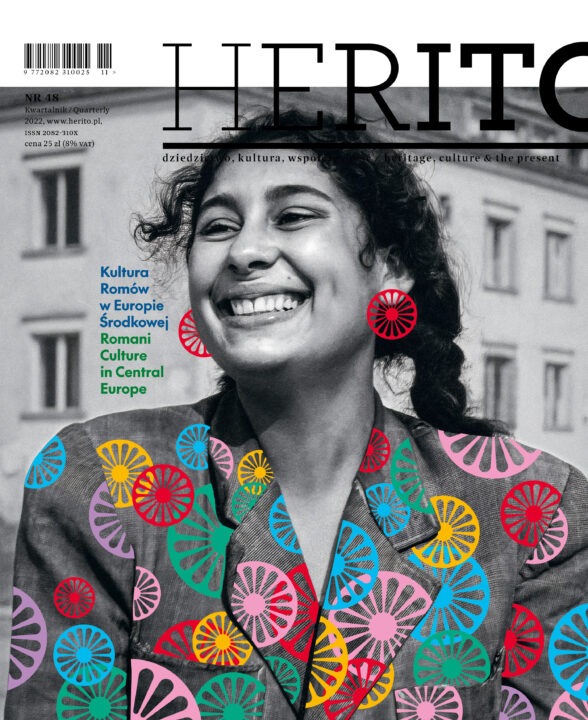Galicia After Galicia
For 150 years Galicia was an artificial construction of Austrian diplomacy, the fruit of the partitions of Poland and its failure. It has not existed now for 100 years. That is why we are constantly asking the question: why is Galicia constantly in us? Does it really determine our identity? Where does the power and attractiveness of this legacy come from today? The his- tory of Galicia provokes us to ask difficult, at times very difficult, questions, ones that often give us contradictory answers.Galicia After Galicia is, more than anything else, a phenomenon of diversity, which today means a polyphony of memories – dominated by myths. It is a territory where not only the memories of Poles, Ukrainians, Austrians and Jews, but also those of Czechs, Hungarians, Armenians, Slovaks and many other nations of Central Europe meet. This memory of, as some people say, paradise lost, is quite often exterritorial. Today we can see it not only on both sides of the San River – in Lviv and Krakow, not only in Vienna, but also quite unexpectedly in Jerusalem, Haifa, Brooklyn, or even California. Galicia, like all of Central Europe, is more than anything else a complicated relation between time and space. In the case of today’s Ukraine this legacy often seems problematic and requires new reformulations.
The Myth of Galicia exhibit was devoted to these issues. Its presentations – in Krakow and in Vienna – turned out to be a great success, which not only confirmed the livelihood of the Galician myth but also, more importantly, the weight of the questions asked. The exhibition was concluded with the conference Galicia after Galicia which was organised in March 2015. This issue of Herito is an outcome of that meeting.
Copyright © Herito 2020

